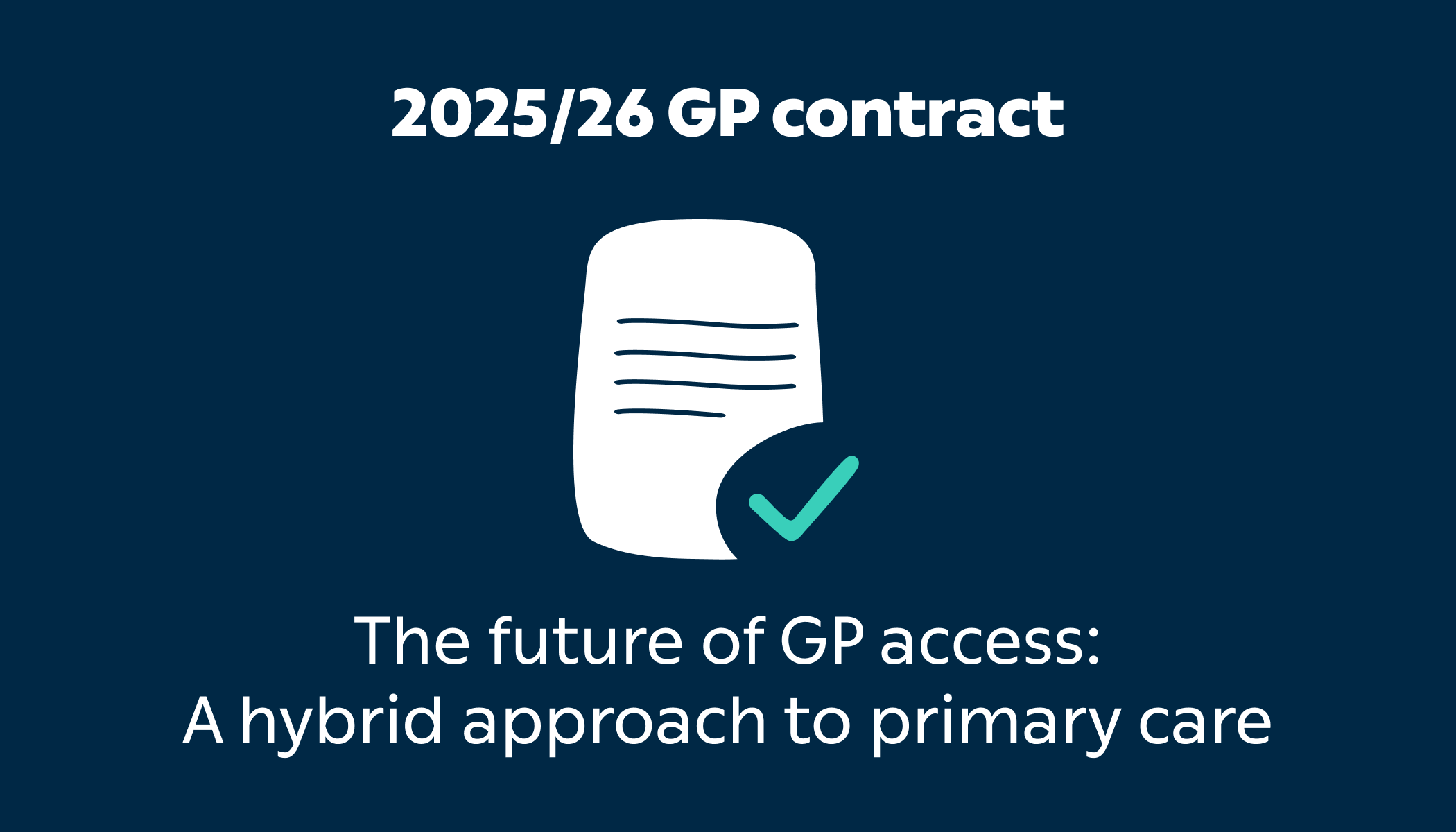The NHS Winter Plan outlines a number of priorities to bolster resilience of urgent and emergency care. In anticipation of what has consistently been the most challenging period for services, its early publication has been greeted positively.
But what of its content? And does it go far enough?
Our short-read brief unpacks all the key points from proposals and provides analysis.
Headline targets
Central to the plan are two new thresholds for providers. These include achieving an average 80% A&E 4-hour performance over Q4 of 2023/24 and completing at least 90% of ambulance handovers within 30 minutes during Q3 and Q4 of 2023/24.
These will be incentivised and are defined as ‘stretching targets.’
Capacity planning
Systems are required to review operational plans and anticipated demand and capacity for the winter period. ICBs are also asked to develop a surge plan.
Scenario planning should be taken into account. For example, should demand spike due to seasonal factors such as flu, systems will need to outline how they intend to increase capacity in response to peaks.
‘High impact interventions’
A major workstream centres around the inclusion of 10 key priorities designed to reduce waiting times and overcrowding. Systems will be required to work towards implementing these evidence-based ‘high impact interventions’ to improve patient flow in urgent care.
Interventions include reducing variation in same day emergency care and acute frailty services and implementing a standard operating procedure for care transfer hubs. The latter hubs will see staff identify discharge options for patients.
Additionally, other interventions include “supporting the operationalisation of ongoing demand and capacity planning” and improving care across virtual wards. The full list of high impact interventions can be found in Appendix A on the NHS website.
Roles and responsibilities
The role of ICBs is highlighted as vital to providing leadership and coordinating efforts across the system. From acute trusts through to community care, elective care and social and voluntary services. In addition, detailed guidance is provided on system roles and responsibilities in Appendix B.
Notably, guidance states that community trusts, integrated care providers and acute and specialist trusts should look to implement flexible mechanisms for staff pooling and use of resources across organisational boundaries. This includes increasing use of staffing banks and where needed, supplementing with digital solutions.
While ICBs are also required to support practices to implement ‘modern general practice’. This entails moving to cloud-based digital telephony, implementing digital tools and improving online patient journeys.
Funding
To achieve aims stated within the plan, additional funding includes £1 billion to support capacity and £200 million for ambulance services. £1.6 billion is to also be allocated to discharge funding over the next two years.
A shared £150 million capital fund in 2024/25 will also be available to type 1 A&E departments upon achievement of the aforementioned stretch targets noted at the top of this brief.
The Livi take
The plan’s early publication is indeed most welcome. It provides both clarity and foresight on available funding and priorities for services this coming winter.
Nevertheless, some have argued that even if the target of 80% of patients being admitted, transferred, or discharged within four hours is achieved, significant overcrowding would still be a factor.
Furthermore, concerns have been raised that funding on the basis of such stretch targets could lead to a possible ‘distortion of clinical priorities.’ And others have stated that the promise of 5,000 beds additional beds would need to be at least doubled to make an impact.
While the plan openly recognises the immense pressure staff continue to be under and will be once more again this winter, teams will likely require more support.
How Livi can help
From working with our urgent care partners, we have seen, first-hand, the positive impact that digital capacity can have in supporting urgent care teams.
To reduce overcrowding, Livi is supporting NHS 111 and clinical assessment services (CAS) and also managing cases from emergency departments (ED) that can be treated remotely.
Taking our CAS work as an example, we focus on building optimal pathways between urgent and primary care. Through one of our partnerships, we helped to prevent 5000 ED attendances, protected over 1000 clinical hours and exceeded consult and complete target by 12%, in just five months during the busy winter period.
To find out more about how we can help you contact: partnerships-uk@livi.co.uk or head to our urgent care services hub.


